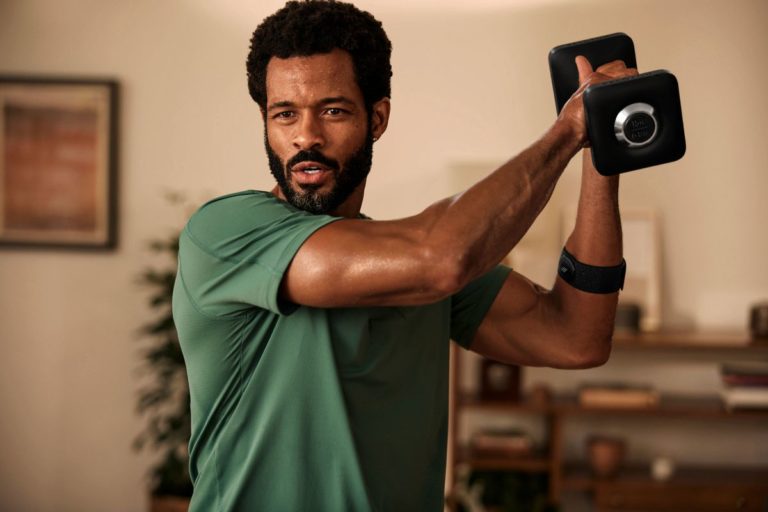In 2019, lululemon laid out its Power of Three strategic plan for accelerated growth over the next five years.
- The plan focuses on product innovation, omnichannel guest experience, and international expansion — doubling men’s and digital revenue while quadrupling international sales by 2023.
Unpacking the Plan
In a move that garnered a lot of attention, lululemon announced that they’d be introducing their own footwear, with CEO Calvin McDonald noting that the company has tested the footwear waters and was able to identify a “whitespace” in the market. Since then, the activewear retailer said its footwear line will launch in spring 2022.
For context: In August of 2017, lululemon introduced a collaboration with LA-based sneaker company Athletic Propulsion Labs, offering the young company’s shoes, which cost upwards of $200/pair, in select stores across the US. And the result? Apparently, lululemon liked what they saw because, according to McDonald:
“The [customer] resonates with us selling footwear… We believe we’ve identified an opportunity… unique to us, and unique within the marketplace.”
Given the fact that small sneaker brands like Allbirds are growing faster than the overall market, and with online clothier Everlane introducing shoes, this could be an opportune time for lululemon’s foray into footwear. However, it’s not their only ambition — and it won’t be the first to drop.
Wading into wellness. Lululemon will introduce a line of self-care products to include deodorant, dry shampoo, lip balm, and a facial moisturizer.
Of note, prior to joining lululemon as CEO, Calvin McDonald served as a top executive at Sephora. By leveraging McDonald’s experience, the company could tap into the $90B US personal care market without deviating from its core offerings.
Going for growth. lululemon is also eyeing massive growth in men’s, e-commerce, and international markets. In 2018, menswear only accounted for 21% of lululemon’s business, with women’s making up 70%.
But the company believes it can double its men’s sales by 2023, pushing the category over $1B in annual revenue. On the e-commerce side, 26.1% of last year’s sales came online, generating $858.25M.
Like men’s, lululemon is looking to double digital sales over the next five years, which would amount to $1.7B. There’s also a clear opportunity for lululemon outside North America, where the company hopes to do more than $1B of international sales by 2020.
Experiential efforts. From a new loyalty program and in-store pickup to events and new store formats, the company wants to be “a fully experiential brand” that creates opportunities for people to “sweat, grow, and connect.”
Its new store concept set to open in Chicago is foreshadowing of what that experience will look like. The massive 25,000-square-foot concept will include a yoga studio, meditation space, juice bar, and community space.
With the athleisure market estimated to reach $567B by 2024, competition will be fierce. Although lululemon has posted impressive results with $3.3B in revenue during the last fiscal year, Nike did $36.4B in 2018.
According to Euromonitor, Nike holds 18.3% of the US sportswear market (which includes apparel and footwear), followed by Adidas at 6%, Under Armour at 4.1%, Skechers at 2.6%, and lululemon with 1.9% as of the end of 2018.
Looking ahead: But, for lululemon, the question isn’t “can they beat Nike?” but “how big can they get?”. And at the moment, they’re well on their way to surpassing their $4B revenue goal for 2020, with some analysts suggesting sales could reach $6.5B by 2023.
As CEO Calvin McDonald concluded:
“We are a 20-year-old brand that is showing the best days are still ahead of us.”




